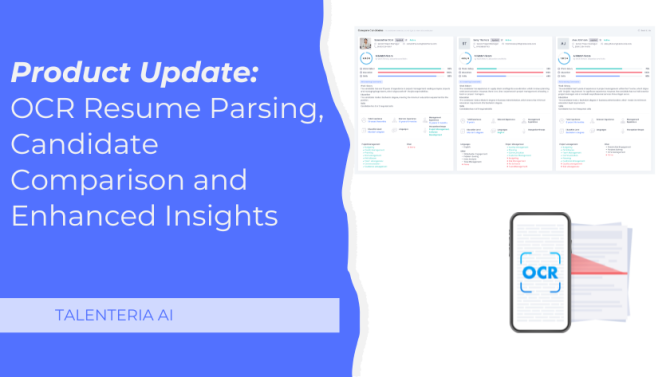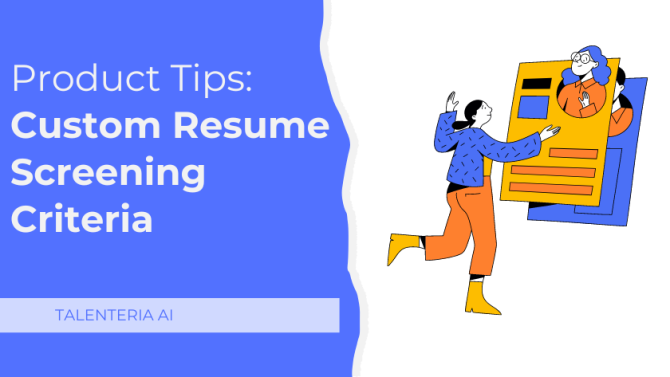
What Is Active Job Searching?
The job search is one of the most stressful things anyone can go through. Everyone needs a way to earn money to put food on the table. For people who elect to do that through work, the need to find one - and the process to get there - can be very intense. We intend to look at what goes into finding active jobs and applying to them.
First, we’d like to provide a definition of the process. Active job seekers - people looking for a job and are putting time and effort into doing so - actively seek out and apply to a job they think will appropriately fulfill their needs.
The process involves creating resumes, finding open positions, applying to them, preparing, and then appearing for interview rounds. A more detailed explanation of what goes into it is provided below:
The Steps Followed by an Active Job Seeker
1. Identify Opportunities: The first step to doing anything is knowing there are things you can do. Same for the job search. You first have to find a job that is worth applying to, and you do this by going through job lists across the internet or newspapers with a fine comb. Make sure the work you are applying for aligns with your skills and talents.
2. Preparing Marketing Materials: In this case, you are marketing yourself, so you need to make yourself look good. Create a professional-looking resume and cover letter that shows off the things you are good at while also catching the eye of recruiters everywhere. If you don’t stand out, you will never get picked.
3. Updating Your Resume and Cover Letters: Once you have a resume, you need to always keep it updated. If you are interested in different fields, maintain separate resumes and keep both up to date with your most recent accomplishments. Nobody wants to know what you did five years ago.
4. Networking: it’s all about who you know, as the saying goes. When it comes to active job seeking, it is truer than ever. Knowing people in the field you work in can bring you recommendations and the possibility to have the door opened for you a crack. Seek to make contacts with recruiters and professionals wherever you go, and remember to stay in touch.
5. Preparing for Interviews: Once you apply and get called in for an interview, that’s when the real fun begins. Being invited for an interview can add to your stress levels, but it also means that the company sees potential in you. They want to hire you, and you need to do some homework. Read up on the company and its values and history - and try to get to know who will be interviewing you. Remember to smile and keep your body language positive.
6. Keeping Your Hopes Up: it won’t always work out. Some hiring managers never reply to your emails, and those that do will mostly give you the “we went with another candidate” spiel. The key is to believe that you were just not right for them at this time instead of questioning your self-worth. There is always the next email, and then the next. Rinse and repeat until you get the job of your dreams.
Active vs. Passive Job Searching
In stark contrast to active job seeking, a passive job search involves someone who is currently employed being open to new opportunities but not doing anything to seek them out. They will wait for hiring managers to contact them about opportunities instead of hunting for openings themselves.
And there you have it - an overview of the active job search. It can be hard, but it is also extremely rewarding when you get the job you always wanted. For any further information regarding any of the topics mentioned here, feel free to reach out to us at Talenteria!





